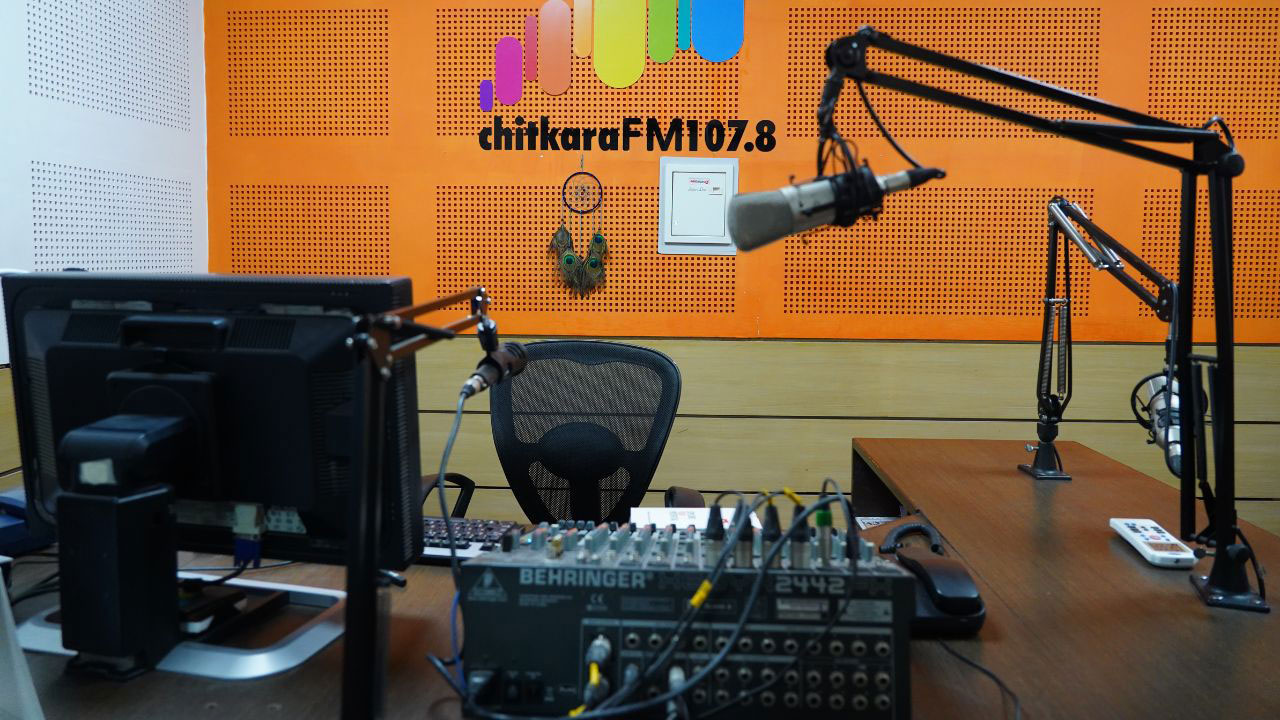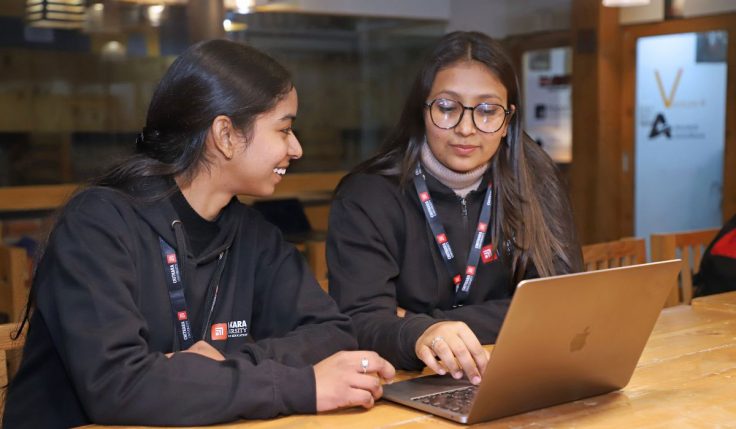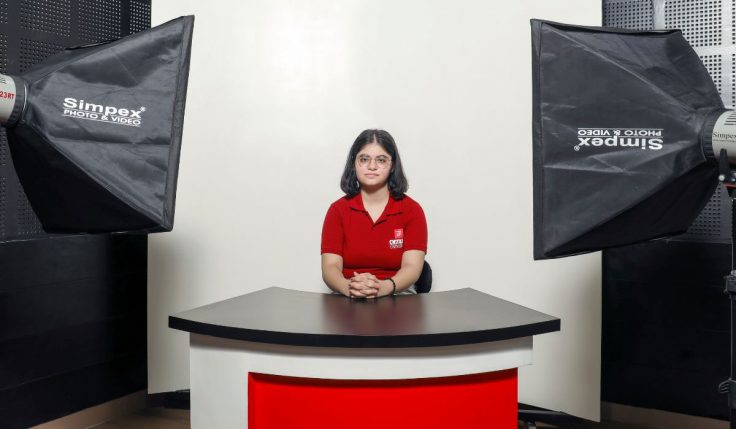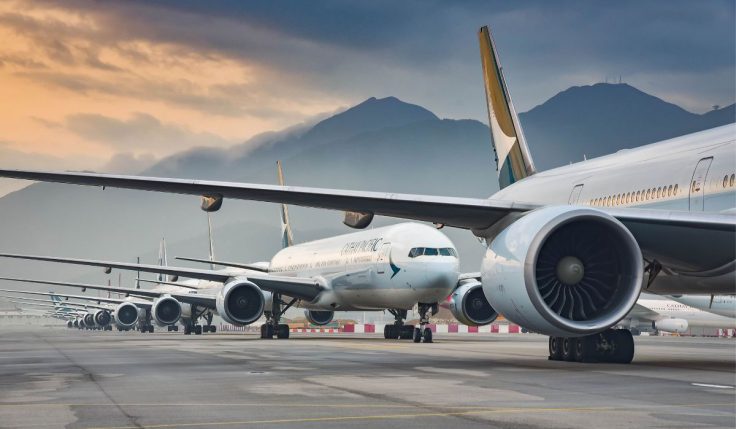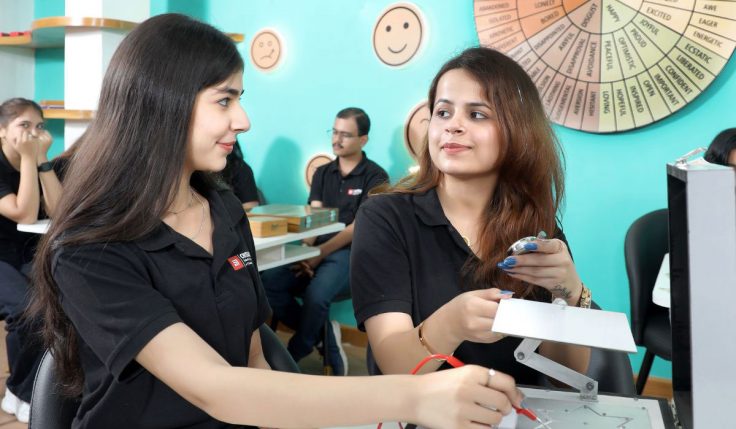Mass communication is a broad and complicated area that is very important to modern life. People all over the world can get this kind of information through TV, radio, newspapers, books, the internet, and other forms of media. Mass communication focuses on a few key elements to successfully reach such a large group of people. Let’s take a closer look at these parts and figure out what they mean in the field of mass communication.
Media: The media are the main way that large groups of people talk to each other. It covers both old-fashioned media like newspapers, magazines, TV, and radio, as well as newer types like websites, social media, and mobile apps. Every platform is used for a different reason and to reach different groups of people. The media is very important for spreading knowledge to a lot of people, changing public opinion, and affecting social trends.
Message: The information that is sent to the viewer is the message. News, entertainment, ads, public service messages, and educational material are some of the different forms it can take. To communicate effectively, the word should be short, clear, and important to the audience.
Sender: The sender is where the message came from. It could be a person, a group, an organization, or the media. The writer is very important in creating the message and choosing how it is sent to the audience. The trustworthiness and image of the sender can have a big effect on how the message is received.
Receiver: The listener or people who get the word is the receiver. It is important to know the audience’s background, likes, and dislikes in order to communicate effectively. The reaction and comments from the person who received the message help us figure out how powerful and useful it was.
Communication channel: The communication channel is the way that the information gets from the source to the listener. It could be a newspaper, TV, radio, or the internet. Picking the right medium is very important for successfully reaching your target group. Choosing the right medium is important for effective communication because each one has a different reach, cost, and effect.
Feedback: Feedback is the way the person who got the message responded to it. It helps figure out how well the message worked and can be used to make future communication plans better. Surveys, polls, focus groups, and social media data are all ways to get feedback.
Also Read: The Role of Communication Design in Social Change: Inspiring Action and Advocacy
Noise: Any disturbance that changes or stops the transmission process is called noise. It can be noise from the outside, like distractions, or noise from the inside, like biases and stereotypes. Getting rid of as much noise as possible is important for clear conversation. To do this, you need to carefully plan your message, choose your channels, and study your target.
Ethics: Ethics are very important in mass media. In their work, people who work in the media are expected to follow social standards like being accurate, fair, and open. Breaking the rules of ethics can hurt the sender’s reputation and make the message less effective.
Technology: Technology has changed the way people communicate by making it easier for knowledge to spread quickly across many platforms. Technology improvements have made it easier to connect with people around the world at the same time. To connect effectively with their viewers, people who work in the media need to keep up with the latest technological trends.
Impact: A lot of different things are affected by mass communication. It changes popular opinion, social norms, and government agendas. Media workers need to understand the effects of mass communication in order to send messages that have meaning and influence. Media workers can get their message across and make a contribution to the field of mass communication as a whole by using the basic tools of mass communication.
In a nutshell mass communication is an ever-changing field that depends on a number of important factors in order to reach a large group successfully. Media workers need to know about these parts and how they work together to make messages that are meaningful and have an effect. Media workers can engage their audience, change public opinion, and bring about social change by using these parts of their communication tactics.
The Chitkara School of Mass Communication (CSMC) is one of the best schools in North India. Its mission is to encourage creative thinking and the spread of accurate information. CSMC is in a lively place to learn and prepares students for success in the fast-paced field of communication and media.
Also, read this blog post: Mastering Mass Communication: Your Guide to the 7 Cs
At CSMC, learning by doing is an important part of the curriculum. Immersive jobs at well-known media companies help students learn a lot about the field and meet important people in it. Students have access to cutting-edge facilities like a TV studio, an editing lab, and a radio programming branch that give them the tools they need to do well in the field.
The CSMC program is based on the UNESCO Model Curricula for Journalism Education. This makes sure that students get a well-rounded education that includes current events, critical thought, and a deep knowledge of both national and foreign organizations. This helps students learn what they need to know to become well-informed media professionals who can work in today’s complicated media environment.
